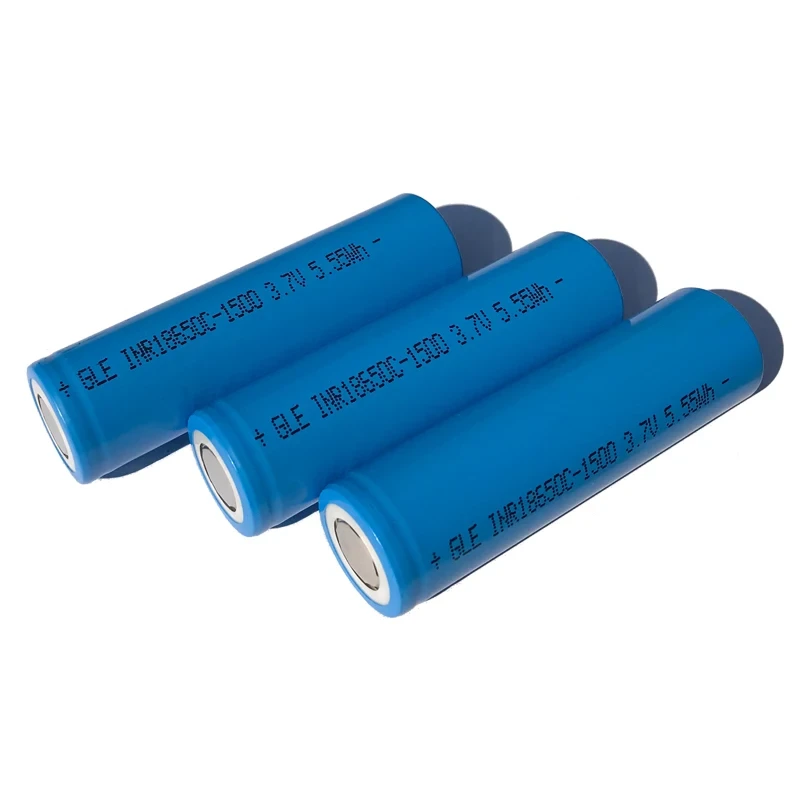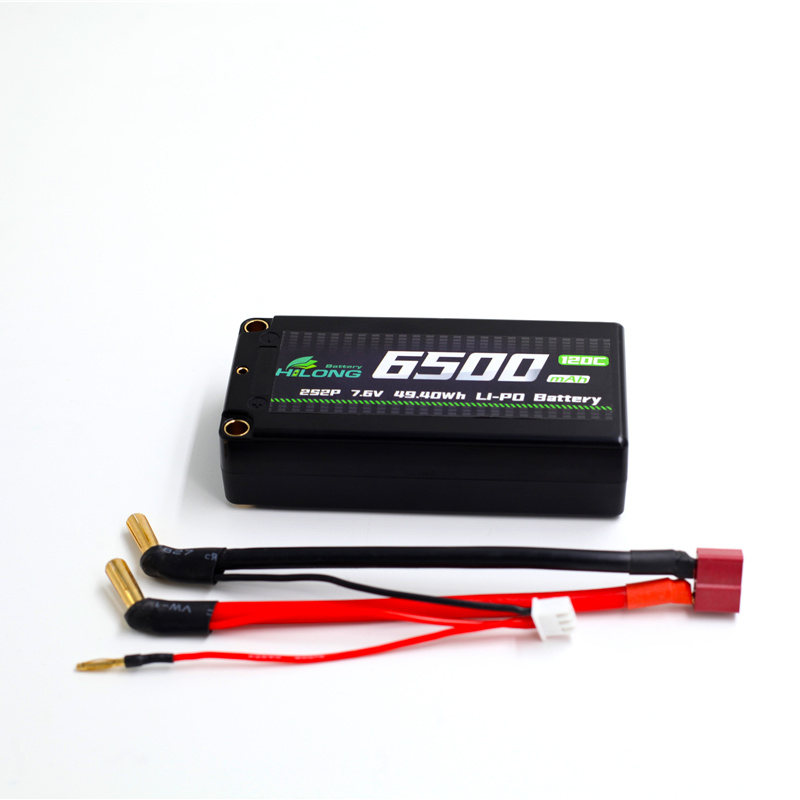Remote Control (RC) toys are a favorite among hobbyists and professionals. These toys rely heavily on their batteries for performance and longevity. Choosing the right battery for your RC toy can be daunting, given the various types available. This guide will help you navigate the world of RC toy batteries, ensuring you make an informed decision.
Types of RC Toy Batteries
Understanding the different types of batteries available for RC toys is crucial. Here are the most common types:
Nickel-Metal Hydride (NiMH) Batteries: These are widely used in RC cars and trucks. They come in various voltage ratings and are known for their reliability and ease of use. For example, a 6-cell NiMH battery typically has a total voltage of 7.2 volts, with each cell contributing 1.2 volts.
Lithium Polymer (LiPo) Batteries: LiPo batteries are popular for their high energy density and lightweight nature. They provide more power and longer run times than NiMH batteries. However, they require careful handling and specific chargers to avoid safety issues.
Lithium Iron Phosphate (LiFe) Batteries: Known for their safety and long life cycle, LiFe batteries are a good choice for those prioritizing battery longevity and safety over maximum power output.
Key Features to Consider
When selecting an RC toy battery, several features should be considered to ensure optimal performance and safety:
Voltage (V): Indicates the power output of the battery. Higher voltage means more power, but it must be compatible with your RC toy's specifications.
Capacity (mAh): Measured in milliampere-hours, this indicates the battery's runtime. Higher capacity batteries will last longer between charges.
C-Rating: For LiPo batteries, the C-rating denotes the maximum continuous discharge rate. A higher C-rating means the battery can deliver more power quickly, which is essential for high-performance RC toys.
Connectors: Ensure the battery connectors match those on your RC toy.
Choosing the Right Charger
Selecting the appropriate charger is as important as choosing the right battery. Here are some tips:
Match the Charger to the Battery: Use a charger that corresponds with your battery's specifications. For instance, a charger for a 4-amp battery with a 3C charge rate should handle up to 12 amps safely.
Avoid Overcharging: Overcharging can shorten the battery's lifespan or even cause it to explode. Many modern chargers come with automatic shut-off features to prevent this.
Maintenance and Safety Tips
Proper maintenance and safety practices can significantly extend the life of your RC toy batteries:
Regular Charging: Always start with a fully charged battery. Avoid overcharging or completely discharging the battery, as this can damage it.
Proper Storage: Store batteries in a cool, dry place away from direct sunlight. Use safety bags when charging or storing batteries to protect them from environmental conditions.
Handling Precautions: Wear protective gear when handling batteries to prevent injuries from potential short circuits or explosions. Never disassemble or modify the battery.
Conclusion
Choosing the right battery for your RC toy is essential for maximizing performance and enjoyment. By understanding the different types of batteries and their features, you can make an informed decision that suits your needs. Always follow manufacturer guidelines for charging, usage, and storage to ensure safety and longevity. With the right battery, your RC toy can provide countless hours of thrilling adventures.
For more information and a wide range of RC toy batteries, visit a reputable manufacturer or supplier.



.jpg)

